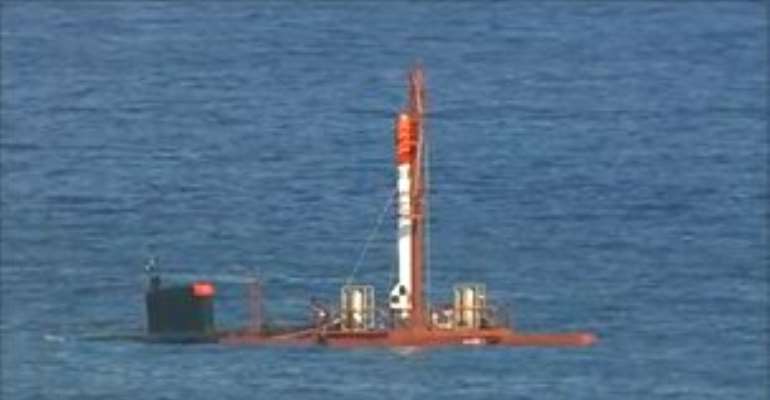DANISH ROCKETEERS POSTPONE LAUNCH

A group of Danish rocket enthusiasts trying to launch a dummy 30km into the sky had to abort the mission when a valve on their rocket jammed.
The Copenhagen Suborbitals group is attempting to fly its DIY vehicle from a restricted military test area near Bornholm island in the Baltic Sea.
The man-sized dummy is strapped inside a pressurised, tubular capsule.
When Sunday's countdown reached zero, a puff of smoke was seen from the rocket but nothing happened.
A subsequent inspection found a valve controlling the flow of very cold, liquid oxygen to the motor had frozen up.
No further attempt to would be made to launch on Sunday, the rocketeers said.
The Danish government has given Copenhagen Suborbitals the use of its ESD139 test range until 17 September.
If the Heat-1X booster cannot fly before that date, the team will have to wait until 2011 for another chance to launch.
The goal of Copenhagen Suborbitals is to develop an ulta-cheap space launch system – one that could take a single passenger on a short hop above the atmosphere.
The team is currently using a dummy, normally employed by fire services to practise rescues, to simulate the weight of a human passenger.
“We're not going to change the dummy for a real person until we've seen the rocket fly to the final height, the final apogee; and many times so we can feel secure about riding it ourselves,” said Kristian von Bengtson from the Copenhagen Suborbitals group.
“That may take more than three years; it may take less than 10 years – it's difficult to say because we're not trying to kill ourselves here; we're just having fun. We'll do it when we're ready to do it,” he told BBC News.
The Heat-1X is a hybrid booster – it burns a solid polyurethane propellant with liquid oxygen. The intention on the first flight is only to go a few tens of km into the sky, to test the systems and then move on to the next iteration of the rocket.
It will be lengthened to carry more propellant to give it the necessary thrust to put the capsule more than 100km above the Earth.
The tubular spacecraft, known as the Tycho Brahe, has very little room inside it.
The passenger has to half-sit, half-stand inside a space little wider than their shoulders. Above their head is a see-through dome that would afford them a spectacular view as the rocket climbed above the blue of Earth.
The idea is that the rocket lifts the spacecraft to a predetermined altitude before separating. The passenger would then follow a weightless ballistic trajectory, getting to just above 100km.
Both the booster and the Tycho Brahe would return to Earth via a parachute-assisted splash-down in the Baltic Sea.
